
hotline:
17715390137
Tel/Wechat:
18101240246 (Technology)
0512-68565571
Email:mxenes@163.com (Sales Engineer)bkxc.bonnie@gmail.com
Scan the code to follow or search the official account on WeChat:
2D Materials Fronrier After paying attention,
click on the lower right corner to contact us,
Enter enterprise WeChat.
Professional Services Online

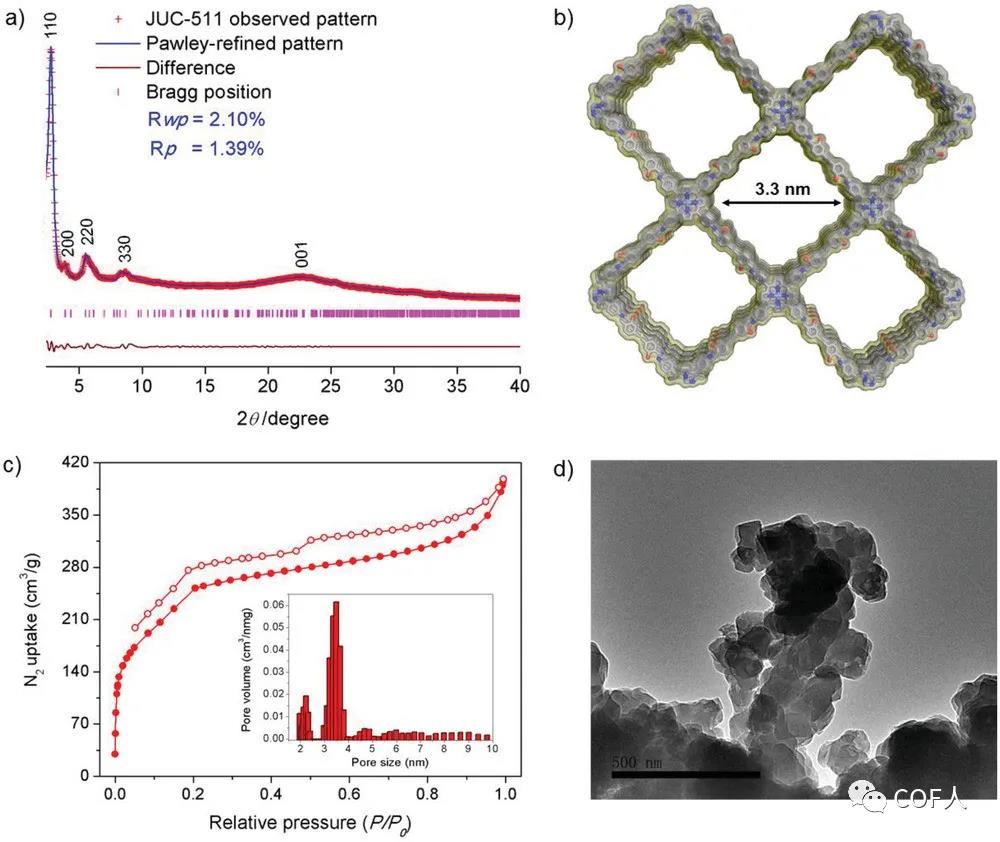 [Source]
[Source]
In the field of electrochemical energy storage, electric double layer capacitors (EDLCs) achieve charge storage through the rapid adsorption of electrolyte ions on the electrode-electrolyte interface, which has higher power density and cyclic stability compared to pseudocapacitors and batteries Sex. Although EDLC is considered as a promising energy storage device, currently only microcapacitors based on graphite carbon electrodes can store and transfer charge at a relatively high charge and discharge rate (greater than 1000 mV s-1). The only way to build a microcapacitor architecture depends on complex and expensive laser writing and / or lithography techniques. Therefore, the development of double-layer capacitors with low cost, high charge and discharge rate, and non-graphite carbon electrode material is of great significance.
COFs can accurately design the periodic skeleton and unique pore structure, showing its great potential in energy storage. Several 2D COFs in energy storage applications that have been reported so far are only used as electrode active materials for pseudocapacitors. Professor Fang Qianrong of the State Key Laboratory of Inorganic Synthesis and Preparative Chemistry at Jilin University and his team used mesoporous covalent organic framework thin layers (e -COFs) as the electrode material for the construction of capacitors, for the first time, the application of COFs in electric double layer capacitors was achieved, and good double-layer charge storage performance was obtained.
[Design and synthesis of e-COFs]
1. Preparation of granular COFs by solvothermal method. 6M acetic acid as the catalyst, anhydrous 1,2-dichlorobenzene and anhydrous ethanol as the solvent, heated at 130 ℃ for 4 days, obtained COFs (JUC-510, JUC-511 and JUC-512). 2. Liquid-phase stripping to prepare thin-layer e-COFs . These COFs were stripped by a simple and gentle chemical stripping technique, that is, each COFs was dispersed in isopropyl alcohol and sonicated for 7 h, and then a uniform colloidal mixture was obtained. The powder separated by filtration and drying is expressed as e-COF (e-JUC-510, e-JUC-511 and e-JUC-512).
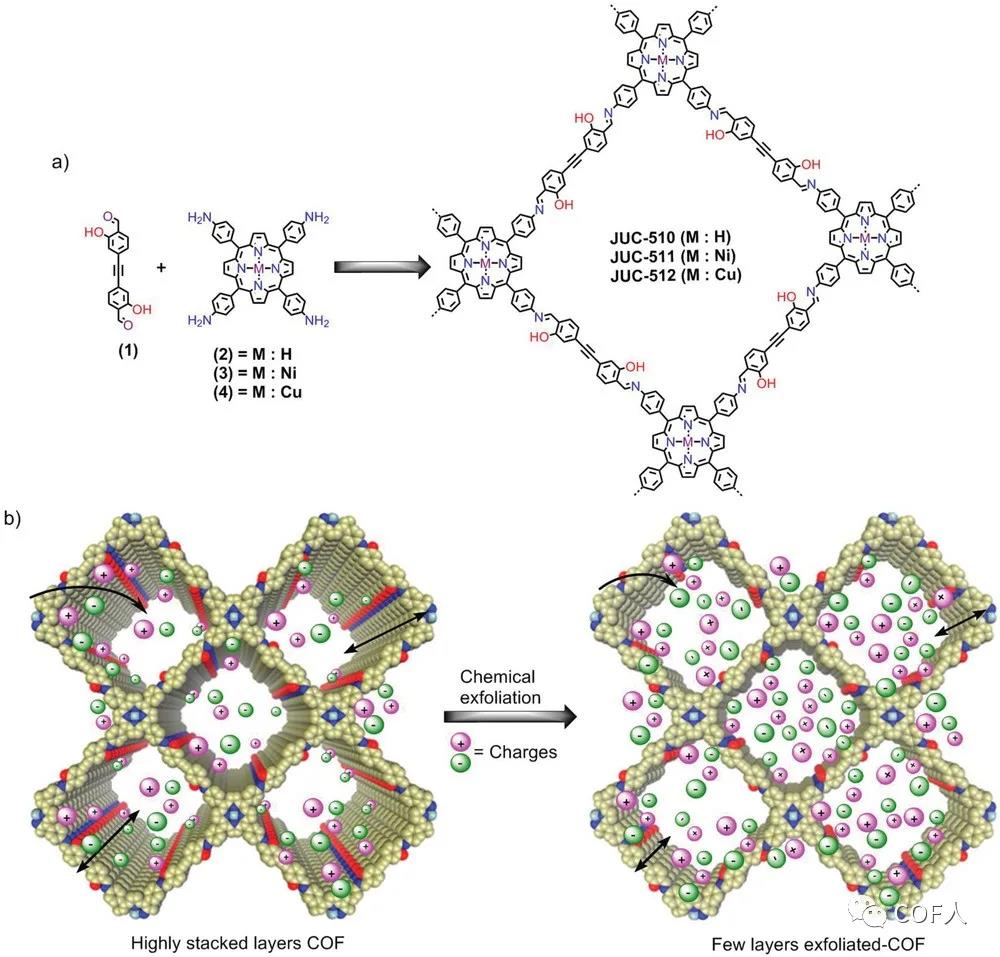
Figure 1 COFs series design synthesis and COFs and e-COFs charge storage diagram
[Structure]
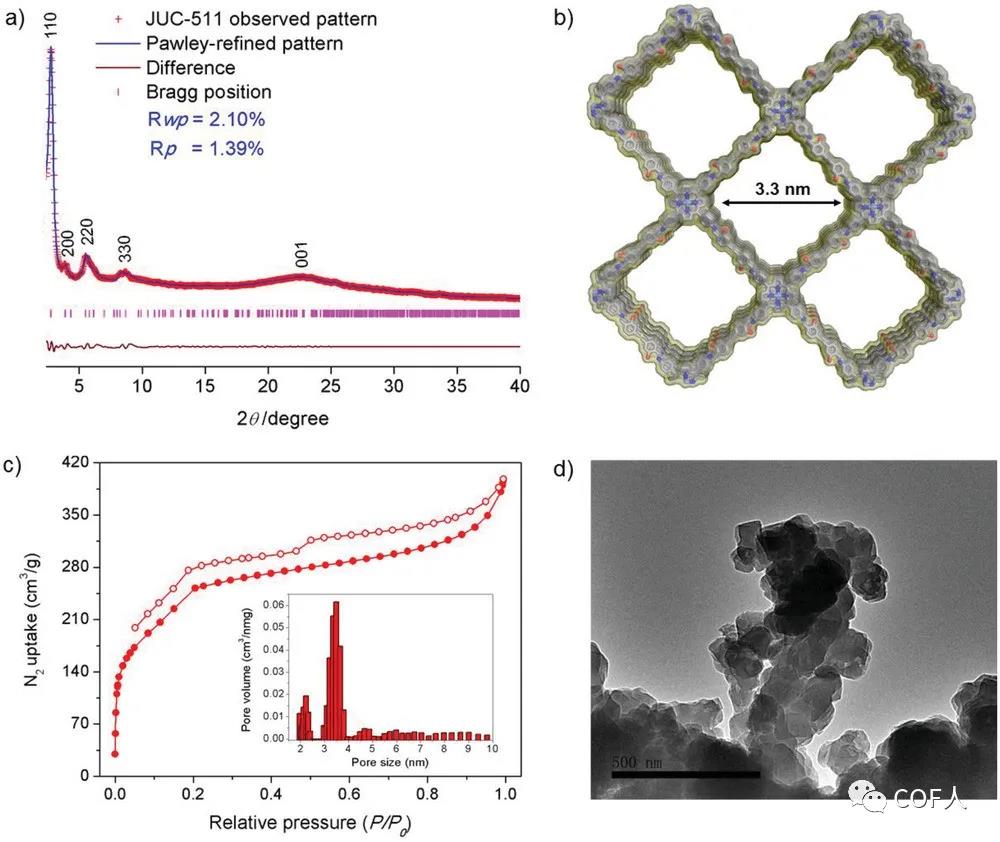
Figure 2 JUC-511 structure and porosity analysis
After peeling these COFs by a simple and gentle chemical peeling method , thin layer structures (e-COFs) with an average thickness of about 22 nm were obtained, although the specific surface area was significantly reduced (e-JUC-510 was the highest, 666 m2 g-1 ), But still much higher than other reported covalent organic nanosheets, and the peeled e-COFs structure is not deformed, showing a tenon layered morphology, thermal stability is maintained, and still has a good layered structure and The larger aperture is a promising EDLC electrode material.
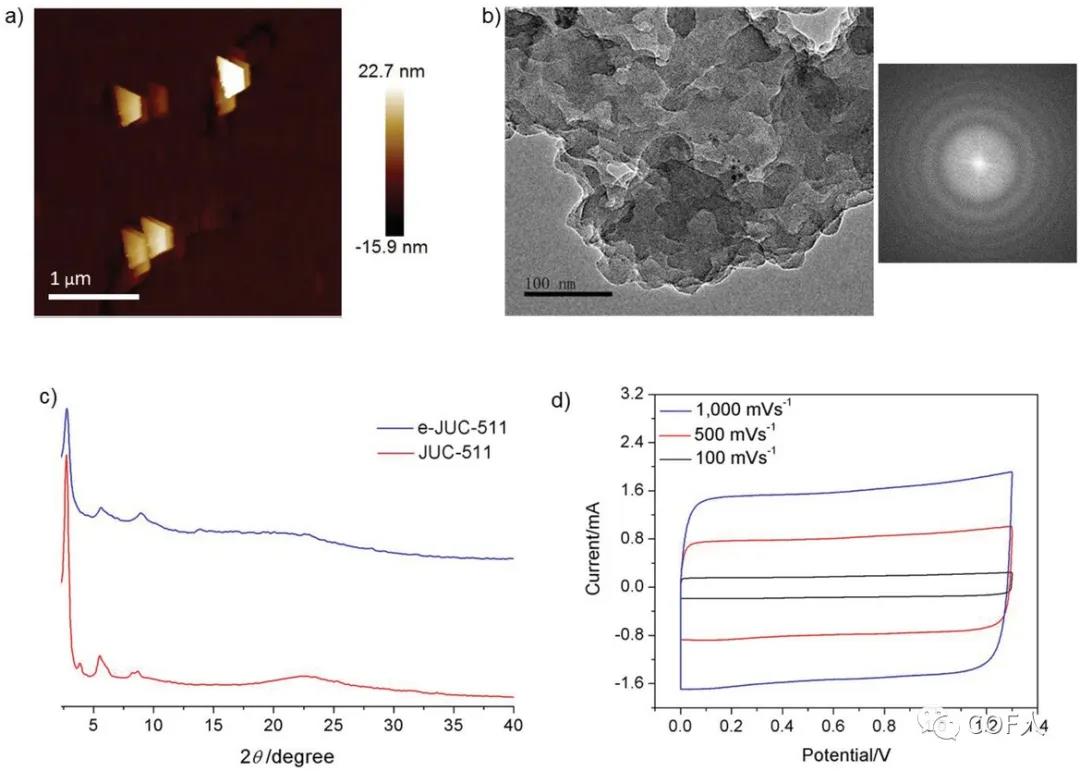
Figure 3 Microstructure and electrochemical analysis of e-JUC-511
[Performance]

Figure 4 Capacitance performance of e-COF capacitor
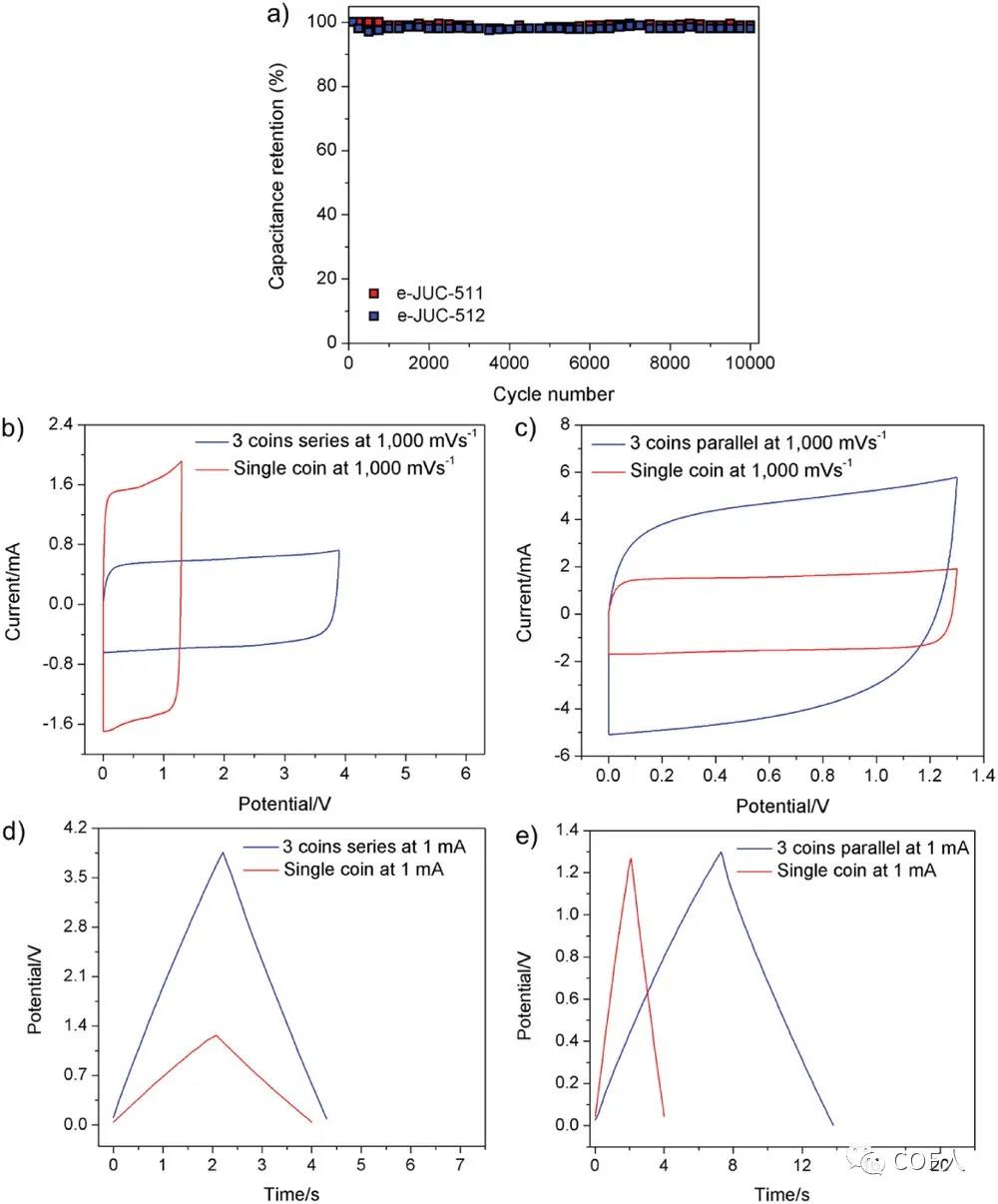
Figure 5 Stability and reliability analysis of e-COF capacitors
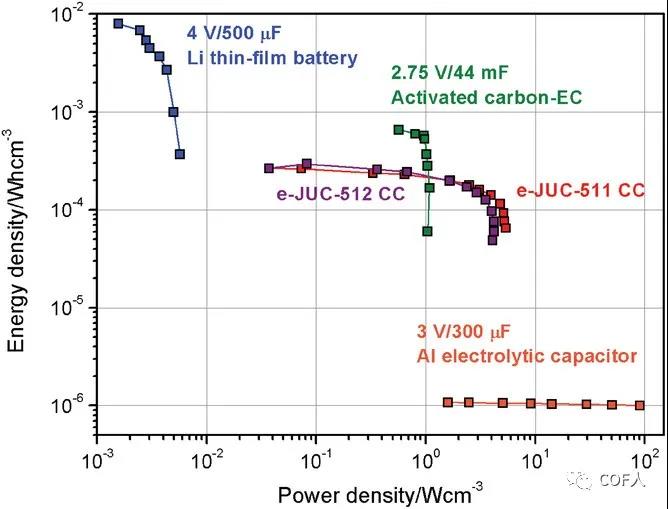
Figure 6 Ragone diagram of e-COF capacitor
[Summary]Original link: https://doi.org/10.1002/adma.201907289
Source of information: MOFs online
This information originates from the Internet for academic exchange only. If there is any infringement, please contact us to delete it immediately

| Reminder: Beijing Beike New Material Technology Co., Ltd. supplies products only for scientific research, not for humans |
| All rights reserved © 2019 beijing beike new material Technology Co., Ltd 京ICP备16054715-2号 |